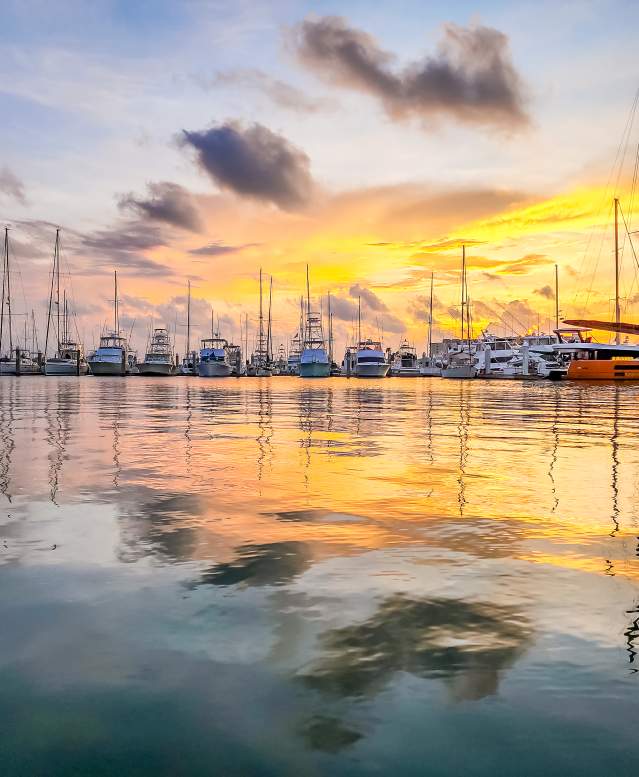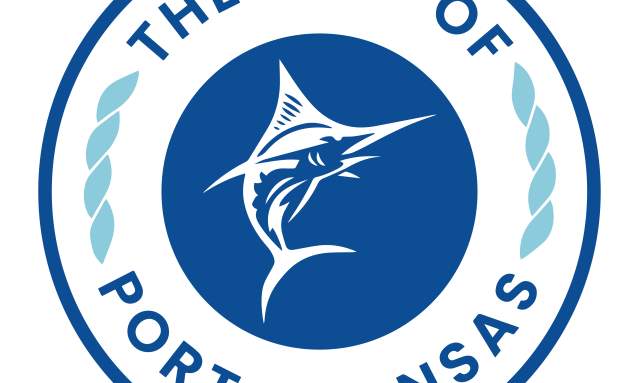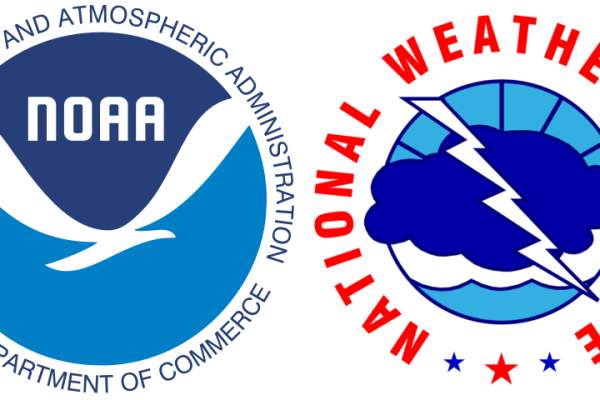Storm Watch
Keeping An Eye on the Gulf
Port Aransas is a beautiful island destination, and with that comes an increased risk of storms. Here's what you need to know about hurricanes that might impact your Port Aransas vacation.
Hurricane Beryl
Updated 7/8/24 at 8 a.m.
TxDOT Ferry Operations have notified the City of Port Aransas that ferry operations have resumed at 6 a.m. on Monday, July 8.
Visitors
The mandatory visitor evacuation has been lifted by the City of Port Aransas as of 8 a.m. on Monday, July 8.
Residents
Republic Services will resume service for both residential and commercial on Monday, July 8.
2024 Mandatory Visitor Evacuation
The City of Port Aransas has issued a mandatory visitor evacuation to go into effect at noon on Sunday, July 7. See the full order here.
Resources
The most up-to-date information about any storm threatening Port Aransas can be found on local news stations and by keeping an eye on the National Weather Service.
National Weather Service
The National Weather Service (NWS), provided by NOAA (National Oceanic and Atmospheric Administration) is the government source for weather information. Their Corpus Christi page includes information on Port Aransas.
City of Port Aransas
The City of Port Aransas website will issue emergency response and evacuation notices.
Alan Holt, Chief Meteorologist
Alan Holt is the Chief Meteorologist at KIII-TV. He posts consistent updates on his Facebook page and on the news station regarding any incoming storms that threaten the Coastal Bend area.
How You Can Help
Port Aransas is known for being a resilient community. However, sometimes our locals and business partners need some help getting back on their feet after a big storm. To be a part of that help, you can donate to the Port Aransas Chamber of Commerce Foundation here. The Foundation's mission is enhance quality of life through arts, nature, recreation, conservation, education, small business support, and areas of community need, especially in times of community disaster relief. Donate here.
Hurricane Relief Donations
Foundation Donations
Don't see the amount you'd like to donate? Contact info@visitportaransas.com and we'll be happy to set it up for you!
Preparedness
Managing Your Vacation Reservation
Each vacation rental has different refund policies, and you should make sure you are aware of them in case of a coming storm. In the event of a mandatory evacuation, contact your property management company, hotel, or rental to discuss options. Most rental companies do offer insurance to protect your vacation in many instances.
Hurricane Categories
An understanding of the different hurricane categories on the Saffir-Simpson Hurricane Wind Scale will help you determine your vacation plans. The source of this information is NOAA's National Hurricane Center.
Tropical Depression
A tropical cyclone with maximum sustained winds of 38 mph or less.
Tropical Storm
A tropical cyclone with maximum sustained winds of 39 to 73 mph.
Category 1
74–95 mph winds
Very dangerous winds will produce some damage: Well-constructed frame homes could have damage to roof, shingles, vinyl siding and gutters. Large branches of trees will snap and shallowly rooted trees may be toppled. Extensive damage to power lines and poles likely will result in power outages that could last a few to several days.
Category 2
96–110 mph winds
Extremely dangerous winds will cause extensive damage: Well-constructed frame homes could sustain major roof and siding damage. Many shallowly rooted trees will be snapped or uprooted and block numerous roads. Near-total power loss is expected with outages that could last from several days to weeks.
Category 3
111–129 mph
Devastating damage will occur: Well-built framed homes may incur major damage or removal of roof decking and gable ends. Many trees will be snapped or uprooted, blocking numerous roads. Electricity and water will be unavailable for several days to weeks after the storm passes.
Category 4
130–156 mph
Catastrophic damage will occur: Well-built framed homes can sustain severe damage with loss of most of the roof structure and/or some exterior walls. Most trees will be snapped or uprooted and power poles downed. Fallen trees and power poles will isolate residential areas. Power outages will last weeks to possibly months. Most of the area will be uninhabitable for weeks or months.
Category 5
157 mph winds or higher
Catastrophic damage will occur: A high percentage of framed homes will be destroyed, with total roof failure and wall collapse. Fallen trees and power poles will isolate residential areas. Power outages will last for weeks to possibly months. Most of the area will be uninhabitable for weeks or months.









